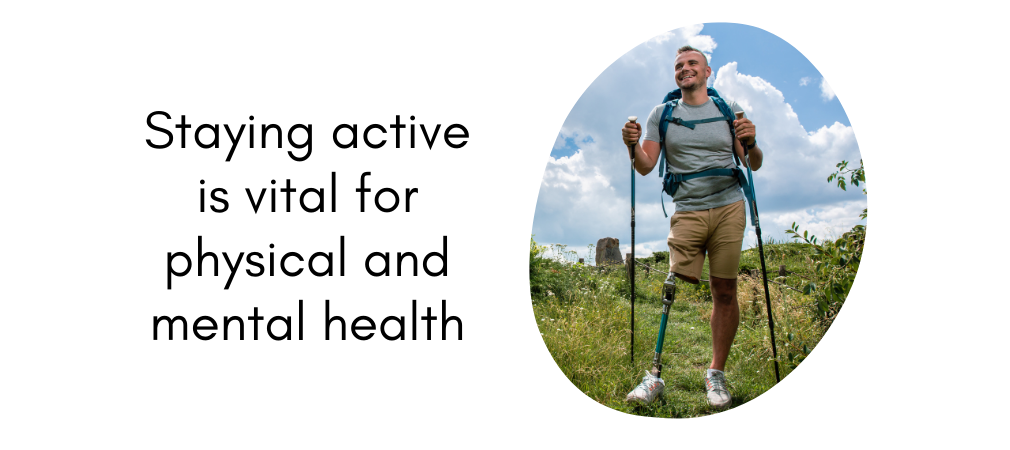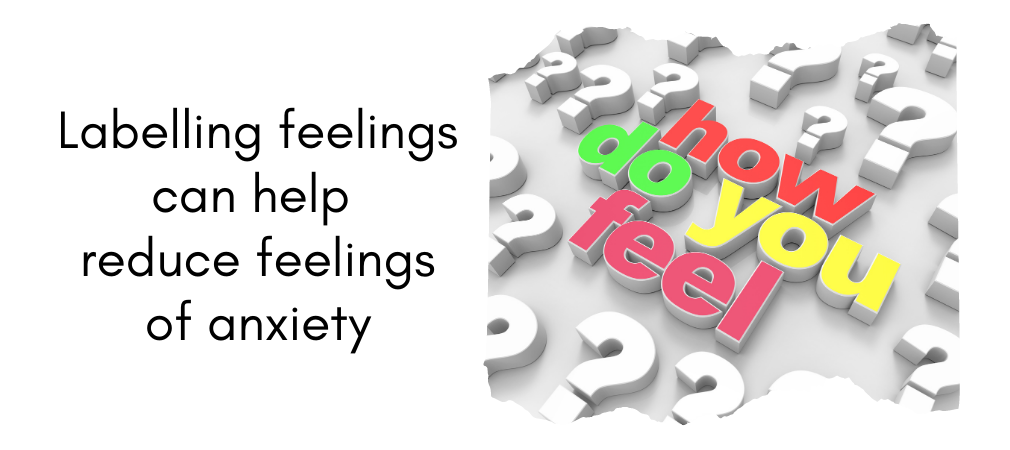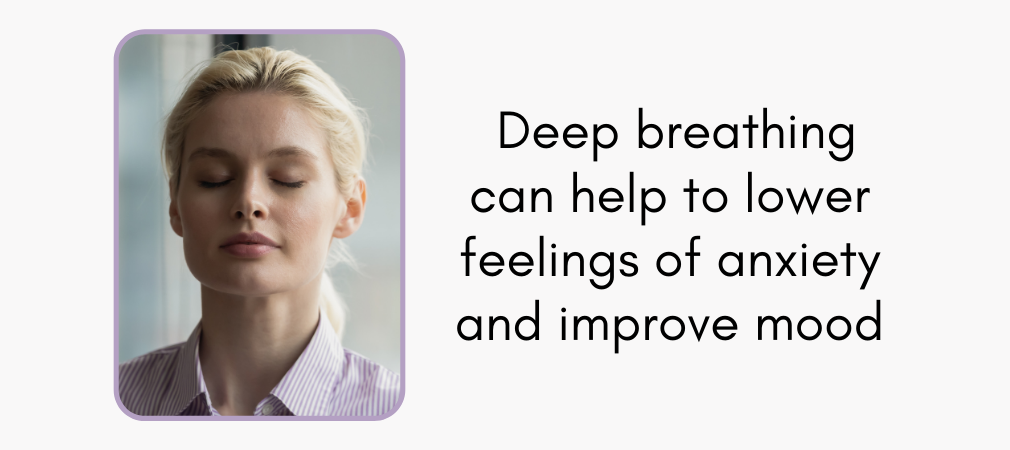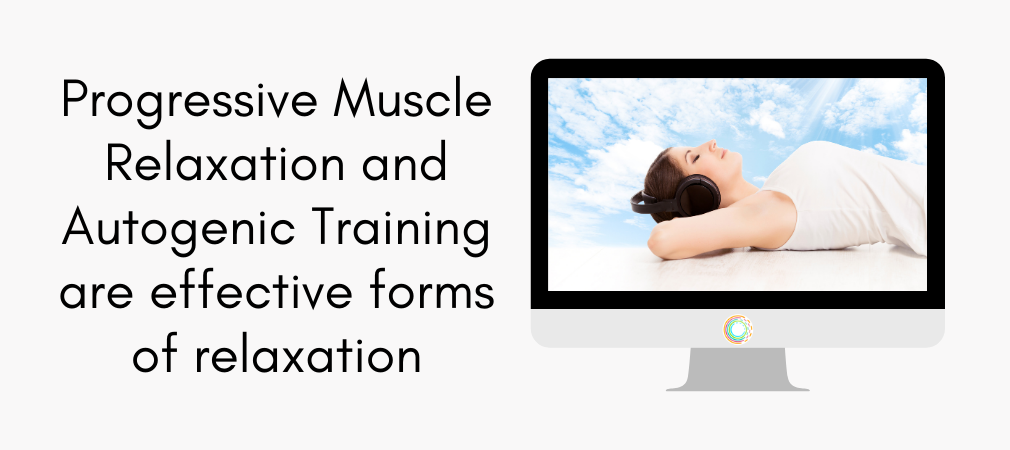Feeling Anxious? Do These Four Things
Feeling anxious or stressed?
Here are four strategies that you can easily incorporate into your daily routine.
1. Get active
Relaxation activities are important for quelling anxiety. However, incorporating physical activity is critical, as remaining sedentary for long periods can contribute to feelings of anxiety.
There has been an increase in anxiety in the modern era that parallels the rise in sedentary behaviour during this same period. A study by Teychenne and colleagues (2015) showed that low-energy activities, such as watching TV, sitting in front of a computer, and playing video games, can increase anxiety. The researchers also identified disturbed sleep, poor metabolic health, and social withdrawal as potential causes of increased anxiety.
Staying active is vital for our physical and mental health. Research shows that as little as 20 minutes of physical activity can reduce anxiety symptoms. So, the next time you feel anxious, get moving!

2. Put anxiety into words
Kircanski and colleagues (2012) found that affect labelling (putting feelings into words) helped reduce the physical effects of anxiety better than the more commonly used technique of distraction.
Identifying and acknowledging our feelings may be a necessary first step before managing them, say the authors.



